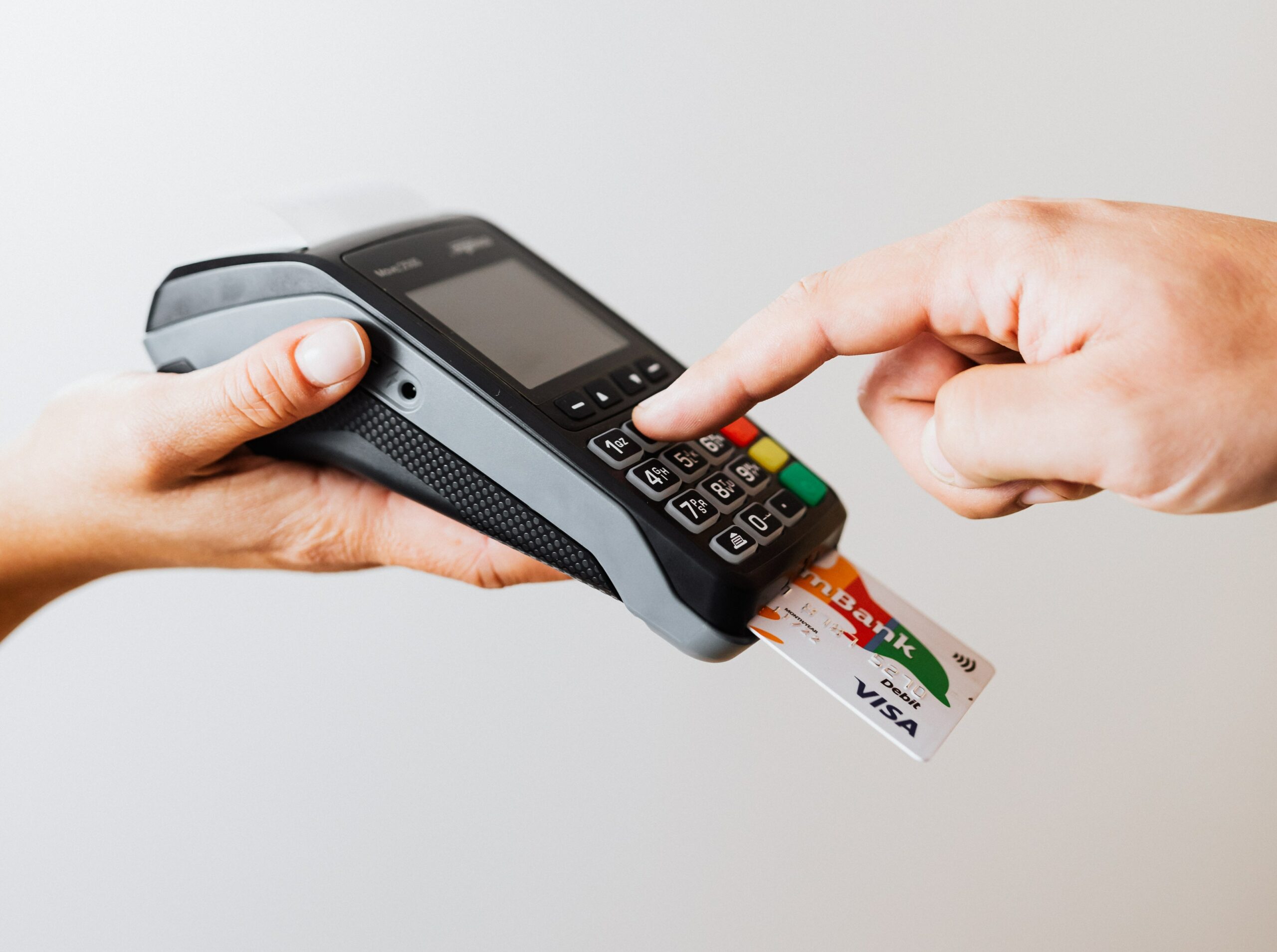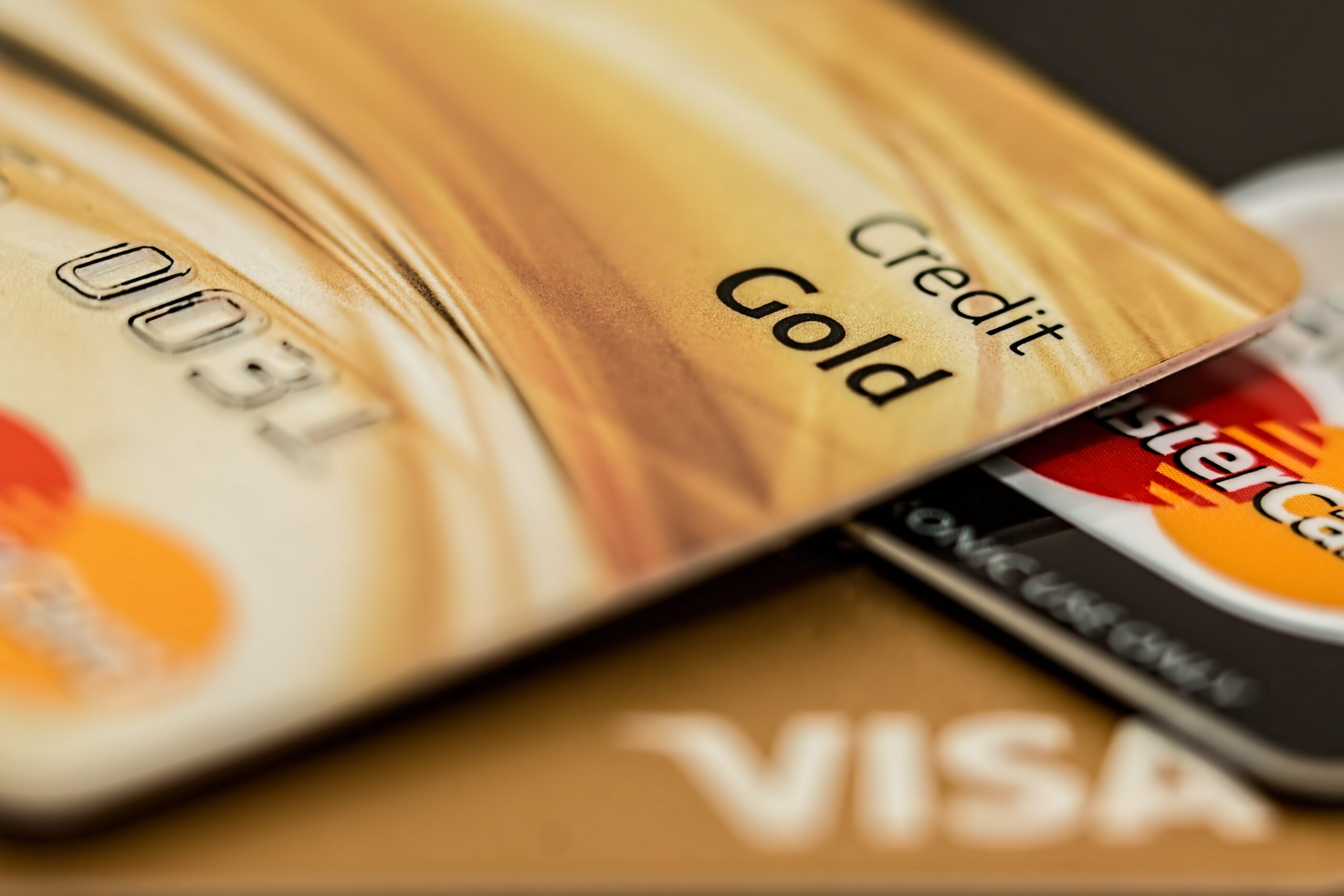The Environmental Cost of Credit Cards: Pivoting to a Virtual Credit Card
A credit or debit card is essential these days. But physical credit cards have a hidden environmental cost. Here’s how!
October 13, 2023

Credit cards have become an indispensable part of our modern financial landscape. They offer convenience, security, and financial flexibility. But… There is a hidden environmental cost associated with physical credit cards.
In this blog, we’ll dive into the environmental cost of credit cards and what more sustainable alternatives look like.
The Plastic Problem
Pollution and Overconsumption
Credit cards are primarily made of plastic, a material derived from fossil fuels. The plastic production process generates significant carbon emissions and contributes to the depletion of non-renewable resources.
It’s estimated that over 3 billion new credit cards are produced every single year, according to research by American Banker. If we laid these cards end to end, they would wrap around the planet more than 6 times.
These cards eventually wear out or expire and need to be replaced, adding to the growing problem of plastic waste. Additionally, most credit card issuers replace their cards every 3 to 5 years.

When credit cards expire or are no longer needed, they typically end up in landfills, where they take hundreds of years to decompose.
The chemicals used in credit card production, including PVC (polyvinyl chloride), can leach into the soil and water, causing long-term environmental damage.
Additionally, many credit cards feature attractive designs and metallic elements, which make them even less biodegradable.
Growing Industry
Despite the obvious environmental cost of physical plastic credit cards, most of the industry has no plans to change course. Most banks and credit unions plan to push out more plastic in the next 5 years.
In fact, a study from American Banker showed that out of 109 card issuers, 38% said they plan to increase the number of physical cards they issue by up to 10%, and 31% said they plan on an increase over 10%.
Yikes! These increases mean a ton more plastic is headed into circulation – and most of it will undoubtedly end up in our landfills.
Some banks have started putting bins in their branches to collect expired cards, shred them, and ship them off to recycling partners. But this initiative is few and far between.

The Carbon Footprint of Card Production and Distribution
Producing and distributing credit cards involves extensive supply chains and transportation networks.
The materials for card production must be extracted, processed, and transported to manufacturing facilities, and the finished cards are then shipped to cardholders via postal services or courier companies.
All these processes consume energy and resources, releasing carbon emissions along the way. Even the packaging for credit cards, often made from plastic and paper, contributes to waste and environmental degradation.
These carbon emissions accumulate, making credit cards more environmentally costly than they may initially appear.
Alternative Materials
Traditional plastic is not the only option. Here’s a few alternative materials for credit and debit cards!
- Recycled plastic: many eco-friendly alternatives, including our Karma Wallet Card, a prepaid reloadable debit card, use recycled plastic. This can be post-consumer recycled plastic – meaning it likely came from things like water bottles – or it can be from other sources. Some brands are even turning to ocean plastic!
- Metal: last year, American Express began offering a metal Delta SkyMiles card that gets 25% of its metal from a recycled Delta Boeing 747. How cool is that? But even other forms of metal – if sourced sustainably – can be more sustainable to plastic.
- PLA (polylactic acid): PLA is a biodegradable credit card made from corn or similar bio-sourced materials. It is industrially compostable, making it an awesome alternative to non-biodegradable plastic.
In all cases, other components including the EMV chip, contactless antenna and magnetic stripe are made from first-use plastic and other non-recyclable metals – and don’t have a more sustainable alternative.

The Karma Wallet Card Solution
By offering a “virtual-first” card, Karma Wallet is able to tackle a ton of the carbon footprint and plastic footprint associated with traditional cards.
The Karma Wallet Card is a prepaid reloadable debit card that gives back to people and planet. The physical card is made from 85% recycled plastic, but we prioritize the virtual card experience. Eventually, you will be able to opt-out of a physical card entirely!
We also offer a ton of awesome benefits like up to 20% cashback** on select sustainable merchants, charitable giveback baked into select purchases, and other exclusive benefits for being a card member.
Want to learn more?
How to Minimize Your Impact
You deserve a financial experience that is aligned with your personal values. Here are some ways to minimize your impact:
- Choose Eco-Friendly Cards: Opt for a debit card or credit card that prioritizes social and environmental impact!
- Opt for a Virtual Credit Card: Whenever possible, opt for digital payment methods such as a virtual credit card or online banking. Digital transactions can reduce the carbon footprint associated with physical credit cards and paper receipts.
- Recycle Expired Cards: Instead of throwing old credit cards in the trash, explore local recycling options. Some programs accept plastic cards or can advise on proper disposal methods.
- Use Energy-Efficient Card Readers: If you’re a business owner, choose energy-efficient and long-lasting card readers and point-of-sale terminals. Regularly maintain and update your equipment to extend its lifespan.
- Reduce Paper Receipts: Decline paper receipts when making purchases. Many businesses now offer electronic receipts, reducing the need for paper and ink.
- Consider Eco-Friendly Banking: Research financial institutions that are committed to sustainability and environmental responsibility. These banks often invest in renewable energy and green initiatives, indirectly mitigating the environmental impact of credit cards.
- Educate Yourself and Others: Increasing awareness about the environmental cost of credit cards can encourage consumers, businesses, and financial institutions to adopt more eco-friendly practices.

Your Sustainability Journey
While credit cards offer undeniable financial convenience, it’s crucial to acknowledge their environmental cost. The production, distribution, and disposal of credit cards contribute to plastic waste, carbon emissions, and e-waste.
By being aware of these environmental issues and taking steps to reduce the ecological footprint of credit card usage, individuals and businesses can contribute to a more sustainable financial future.
It’s not about giving up credit cards altogether but making more responsible choices that align with our commitment to protect the environment.
Ready to make the switch to a sustainable prepaid debit card? Explore the Karma Wallet Card!
Up to 20%* cashback with eligible brands. The Karma Wallet Visa® Prepaid Card is issued by Pathward®, N.A., Member FDIC, pursuant to a license from Visa U.S.A. Inc. The Karma Wallet Visa Prepaid Card is powered by Marqeta. The Karma Wallet Visa Prepaid Card can be used everywhere Visa debit cards are accepted.
**This optional offer is not a Pathward product or service nor does Pathward endorse this offer.
















